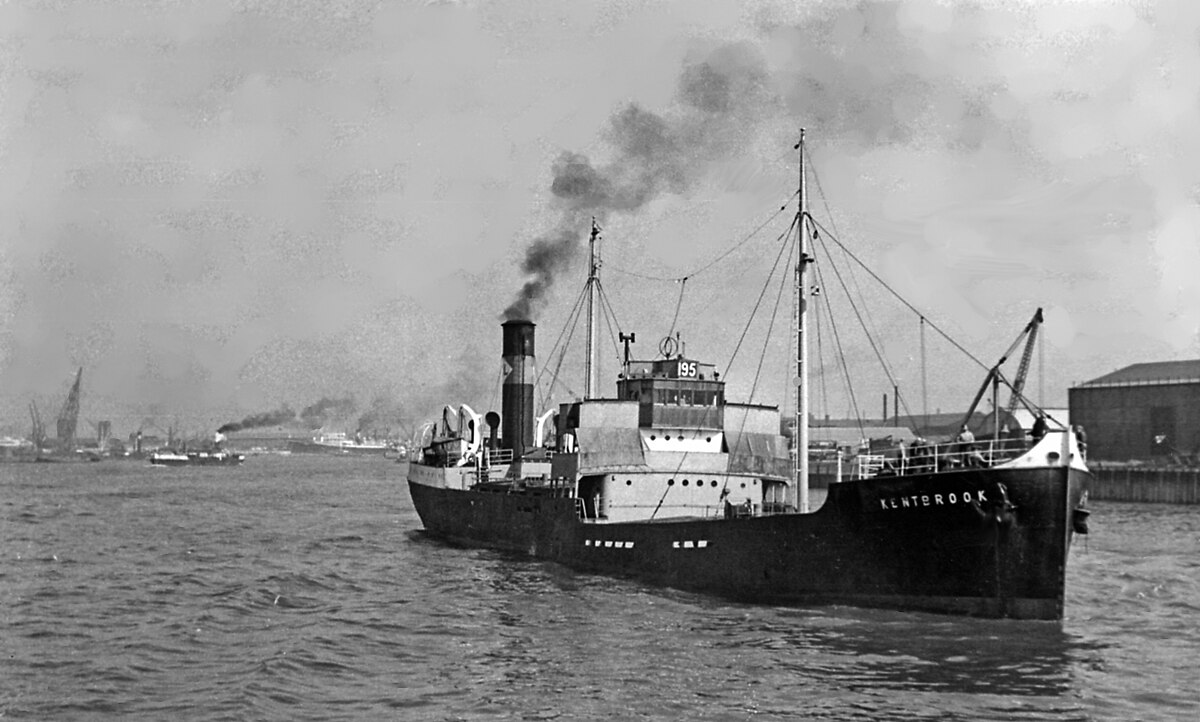Spinward Flow
SOC-14 5K
That's what the Travellers' Aid Society is explicitly FOR.Then they can takes their stacks of millions and buy High Passage tickets, let someone else worry about maintenance and staffing.
If you're budget conscious but still want to travel (a lot), the cheaper option is a TAS membership ... rather than buying/owning/operating a starship.
The price for a TAS membership (MCr1, don't get blackballed) is still somewhat steep, but even if you sell off the high passage tickets (at Cr9000 each) after receiving them it will only take (1000/9=111.11) 112 months (8 years, 8 months imperial calendar) to recoup the cost of your membership fee. In other words, TAS membership is a FANTASTIC DEAL for anyone with the Traveller Gene who still worries about money and profits.
In fact, I would even go so far as to say that one of the most profitable paths towards being a merchant prince would be through a TAS membership as a mustering out benefit leading into being a "part time Traveller merchant" during a portion of each year!
Think of it this way.
There are 13 months per Imperial year (since the months are 28 days each, not 30 days, as 4 weeks of 7 days).
That means 13 high passage tickets per year.
There are 52 weeks per year.
Starships jumping on a 2 week cycle cadence will jump approximately 25 times per year (with the last 2 weeks being down for annual overhaul maintenance).
So, basically, those 13 high passage tickets per year grant you "free passage" on half the jumps that could be expected during any given year.
With TAS membership, you can basically spend 1 week per month in jump space and the rest of your time vacationing while wheeling and dealing for speculative cargo opportunities before moving on to the next system.
With TAS membership, you can "take a year off" to stockpile 13 high passage tickets in reserve and then spend the next year spending down 1 high passage per 2 weeks looking for speculative cargoes to flip where all you need to pay is cargo space transportation costs for an entire year. The only upkeep you need to pay for is going to be hotel and food when not aboard ship.
TAS membership is the "gateway" to earning megacredits in just a few short years without needing to own/crew/maintain/sustain a starship, because the starships are just "transport" for you, as opposed to being something that "controls your business" per se. It's the merchant prince equivalent to hitchhiking.
What a deal!


